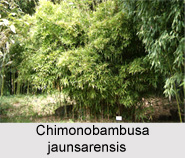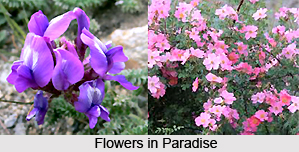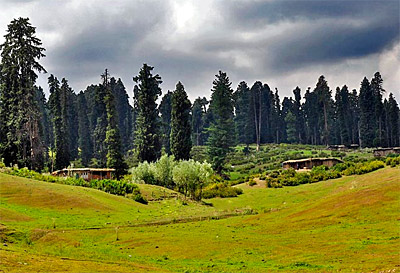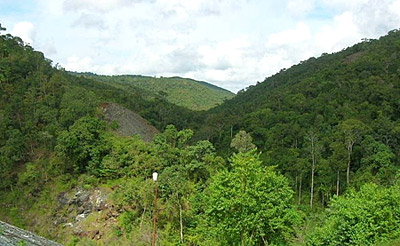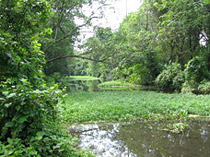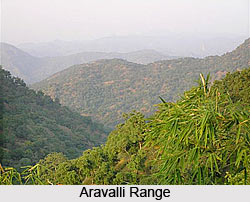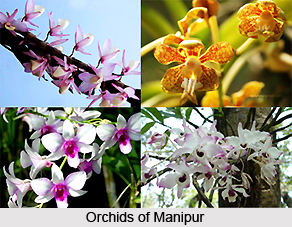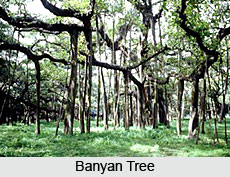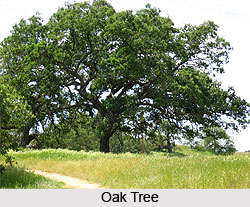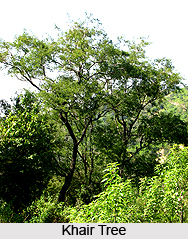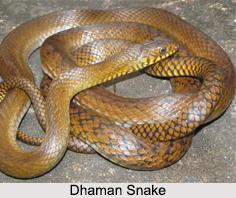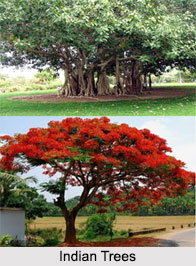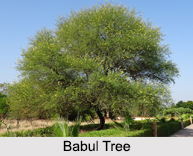Diseases affected Children very quickly rather than adults. The common problems in children are cold, fever, vomitting, worm, diarrhoea etc. Here are some ayurvedic Tulsi treatments which are easily available at home.
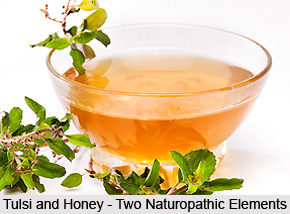
•To maintain children`s health two gms of Tulsi juice three to four times a day will prevent all types of sickness.
•In case of fever caused by a cold, Tulsi juice should be smeared on the chest and forehead. The child should be made to inhale the vapours emanating from the juice, and should also be given a teaspoonful of the juice with half a teaspoonful of honey.
•If the child brings up worms with its vomit, or excretes worms with faeces, give it a little powdered vavding, kakcha or himej with ten gms of Tulsi juice two or three times a day.
•If an infant develops a cough, administer five gms of Tulsi leaves, five gms of kakdashingi and five gms of ativish buds crushed together, made into a paste with honey and the mother`s milk.
•Cough can also be cured by letting the child lick Tulsi juice mixed with jethi madh (yashti madhu) juice.
•A mixture of Tulsi leaf juice and kasondara leaf juice is also a good remedy for coughs.
•Boil ten gms of Tulsi leaves, ten gms of methi seeds and five gms of kadu twigs in 50 gms of water till only one-fourth of the water remains. Cool and strain. Administration of this extract is beneficial in fevers preceded by cold rigours, such as malaria.
•If the abdomen of a baby is distended due to the accumulation of gas, the condition can be relieved by giving it five to ten gms of Tulsi juice, the exact amount given depending on the age of the baby.
•In case of diarrhoea accompanying teething, powdered Tulsi leaves should be given to the child with pomegranate syrup.
•Letting the baby lick a mixture of Tulsi juice and honey will bring quick relief in cough and sore throat.
•If a cough is due to excessive phlegm, the juice of Shyama Tulsi mixed with honey will help. This mixture is of great value in the treatment of a child with a tendency to vomit frequently.
•In case a baby is suffering from colic, giving it a little powdered stone (dry) ginger with Tulsi leaf juice will afford relief.
•Massaging the gums with Tulsi leaf juice mixed with honey will help the baby cut its teeth easily, without the usual troubles associated with teething.
•Five to ten drops of Tulsi leaf juice given with water every day will strengthen the muscles and bones of the infant.
•Influenza can be cured by regular administration of 30 to 60 drops of a mixture of 15 gms of Tulsi leaf juice, 15 gms of honey, five gms of ginger juice and five gms of powdered ajwan seeds.
•Heat 200 gms of Tulsi leaf juice with 125 gms of water. Let the liquid simmer for one hour on a low flame. Prepare a thick syrup of 500 gms of sugar, and stir the mixture into the syrup. Administration of three to five gms of this preparation to a child cures fever, cough and shortness of breath.
•If there is a whistling sound heard from the lungs because of the accumulation of phlegm give milk in which Tulsi leaves have been boiled.
•The extract of Tulsi leaves cures a child of `vistambh`, or thrombosis.
•The extract of Tulsi roots sweetened with sugar will relieve constipation and distension of the stomach, ensuring a satisfactory bowel movement.
•Ten gms of Tulsi leaves and ten gms of peepar ground together and rolled into small pills. Three or four of these pills given to a child every day will cure coughs, including whooping cough.
•Take five gms of each of these ingredients: Tulsi inflorescences, vachh, small peepar, and mulethi. Add 25 gms of sugar. Add 250 gms of water and boil till only 100 gms of water are left. Cool and strain. Administration of five gms of this extract five to six times during the day and also during the night will cure the child of dry hollow cough.
•An extract of Tulsi leaves and inflorescences given with jaggery to a child will afford relief in difficulty in breathing.
•Powdered bark of Tulsi roots given with honey helps an obese child to shed some of the fat.
•Extract of Tulsi is an effective remedy for liver disorders of children.
